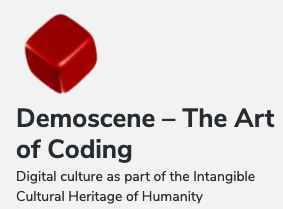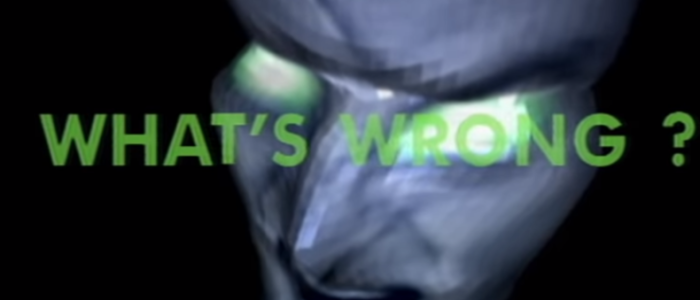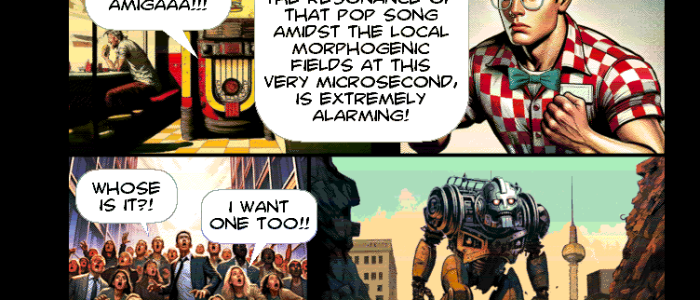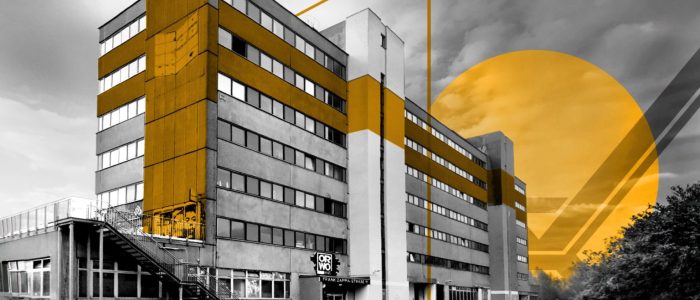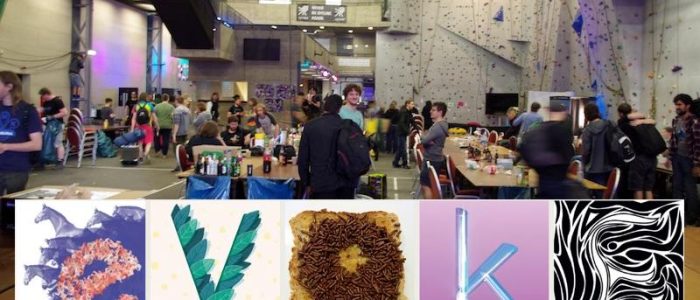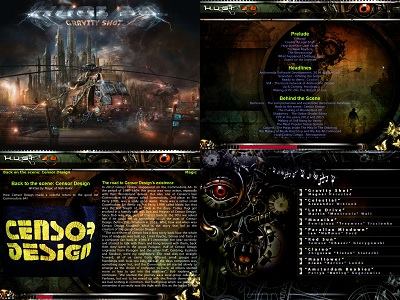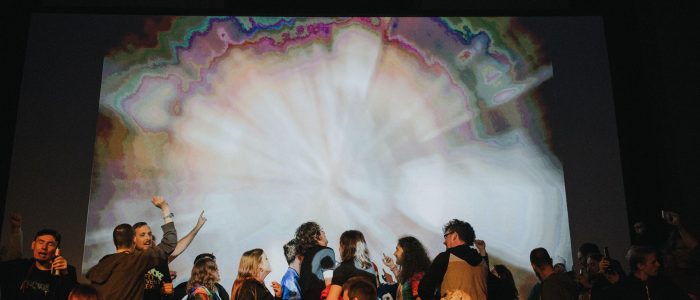The association Digitale Kultur e.V. was able to ensure that the demoscene in Germany was nominated as a UNESCO cultural heritage.
Demoscene became an UNESCO cultural heritage in Germany – What do we get out of it?
by Ghandy It is about much more than just money or a title. April 2020 it became known that members of the association Digitale Kultur e.V. were able to ensure that the demoscene in Germany was nominated as a UNESCO cultural heritage site in the first step. However, several hurdles still have to be overcome before the title is finally awarded. After all, the NRW Ministry of Culture of Nordrhein-Westfalen (NRW) has nominated the demoscene. Three of 18 candidates reached this first goal, all other submissions will not be considered further. Update: In March 2021 they finally reached their goal. We interviewed one of the two makers behind the scenes. Melkor of Haujobb aka Tobias Kopka wrote us back, nobody automatically gets money. Not even if the award should be through.Money, scientific papers, paid further education
But with the help of the award as European cultural heritage, it would be easier to apply for funds in the future. We wanted to know from Tobias what the bottom line is for demosceners when they can officially consider themselves as cultural heritage. Except for the beautiful title, we didn’t notice anything concrete at first glance, which can be seen in the video, the announcement or the FAQ. The links are all at the bottom of the article.Door opener for other digital cultures
In Finland the demoscene could already get the recognition, so the chances are not bad here as well. Apart from the financial aspect, this could also become a sort of door opener for other digital cultures. So whenever we speak about creating non-commercial and decentralized digital works. Want some examples? No problem! How about the creators of open source software? Firefox is Open Source, VideoLan only to name a new. Or netlabels? Digital projects like Open Street Map, where the whole world is mapped. Much of it is extremely useful, has no commercial character and would be worth to be supported for sure. Tobias Kopka becomes concrete once again:„In short it’s all about visibility. Offspring. This would provide input from all areas, not just those in which we have traditionally grown up. And that means even more creativity. Demoscene platforms (websites to name only one example) from funding institutions would also be possible, and these could be acquired more easily. All this only if desired and if you get someone behind it. Because nothing happens by itself, just like before recognition, except that museums or other exhibitions with a focus on the scene will be easier to organize in the future.“

Finland is a whole step further
From Finland I hear such rumors for a possible future. So first of all it is „only“ a cultural achievement and the knowledge to open a door to previously closed areas for further discourse about the digital sphere. But the resulting effects can be manifold. In addition to those mentioned above, they can also be found in many small things. For example, it is much easier for individual demomakers to have their skills and output – if they so wish – recognized as technically and culturally special, e.g. when applying for a scholarship or a visa, etc. With a link to the UNESCO list, the thinking process of the person opposite is shortened, which „the demoscene is not“ possible. But the effect on each individual depends on each person, group and scene area itself. Only if you build on that, something happens, otherwise I think most things will stay as they are. Which by the way is also a goal of the UNESCO: „a recognition should not change the culture, but support it in its continued existence.“And what else do we get out of it?
The creators hope that, in the event of recognition, scientists will also deal professionally with the demoscene. So more researchers than Dipswitch or Marq of Fit. And also more scientific treatises or whole books that deal with the topic in depth. We would then no longer be nerdy computer freaks, who only do something crazy in our spare time. Instead we would be protectors of an immaterial and recognized cultural heritage. Apart from money for the realization of the scene, it would also be theoretically possible to financially support the demoscene training. So how about courses paid for by the state, where you teach the participants how to code, pixel, render or use a tracker? The possibilities would be manifold, if you let your imagination run wild. Demo parties, when they take place again after Corona, could be financed at least to a not inconsiderable extent with public money. For the organizers, a large part of the financial risk would be eliminated.Back the roots: you can do more than just to consume!
